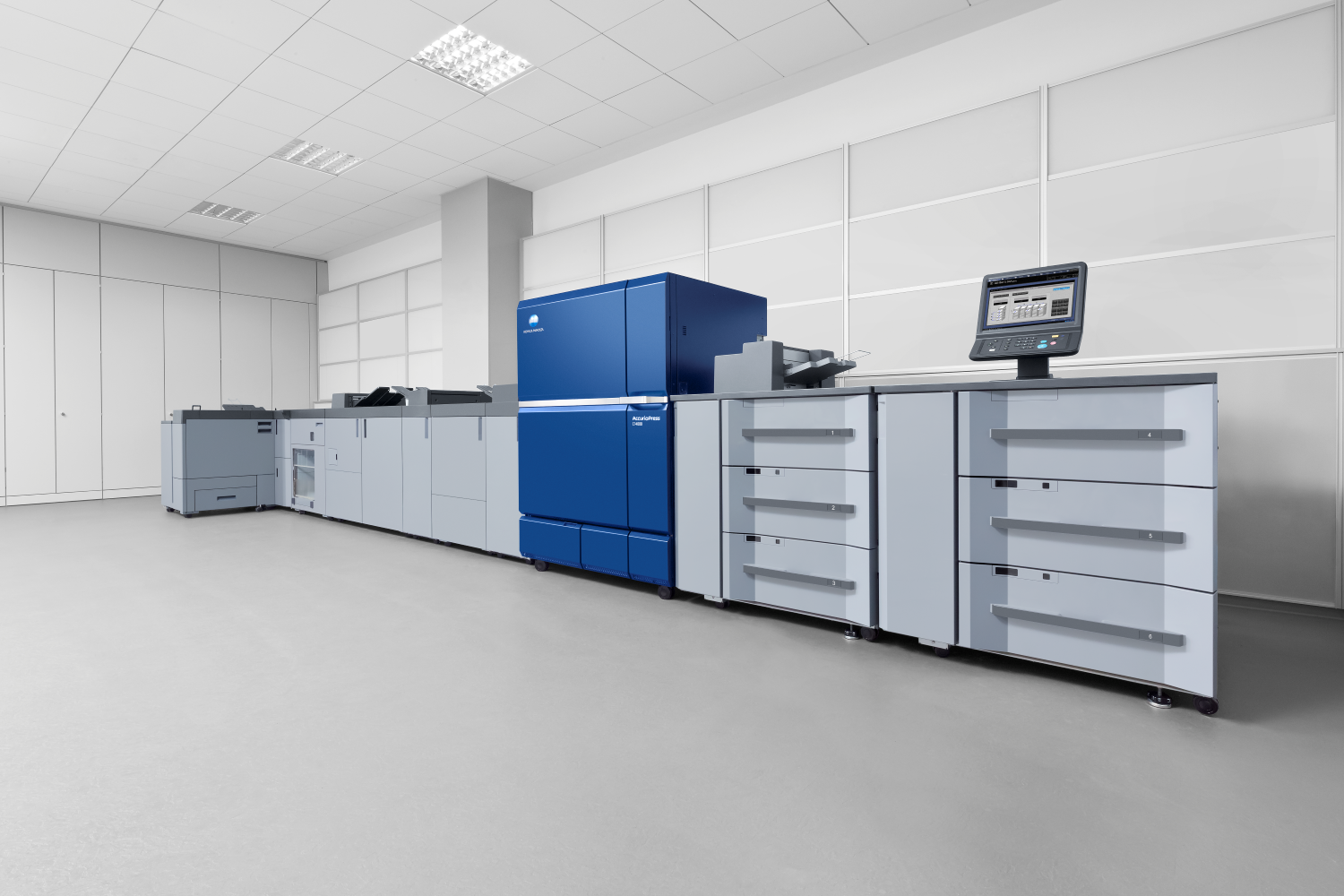Optical character recognition (OCR) lets you turn scanned images into text so you can turn paper-based documents into editable, searchable, digital documents. This can help reduce the amount of physical space required to store documents and can dramatically improve workflows involving those documents. It reduces the risk of lost or misfiled documents and, in many cases, it eliminates the need to manually process documents or rekey information, which can result in errors. And it can reduce the costs of manual handling.
How does it work?
OCR analyses the patterns of light and dark that make up the letters and numbers to turn the scanned image into text. OCR systems need to recognise characters in various fonts, so rules are applied to help the system match what it sees in the picture to the right letters or numbers.
While early OCR systems were designed to work with one specific font, which was specially created for the purpose, some modern OCR systems can even recognise people’s handwriting. This technology is called intelligent character recognition (ICR).
For OCR to work optimally, it’s important that you scan the clearest possible version of the document. Blurred text or marks on the copy can create errors.
OCR programs recognise the text character by character but the outcome is so fast as to be instantaneous. You can check for errors as you go or at the end of the process, and some programs have automatic error detection.
What benefits does OCR provide?
Basic OCR technology has been around since the late 1920s. It’s become much more sophisticated since those early days and it can now convert even massively complex documents fast and with few errors. When documents are converted from their original format into the new format, they look exactly like the original with all formatting precisely replicated.
There are six key ways OCR is helping businesses today:
1. Automate workflows
Businesses that rely on high volumes of paperwork can save time and increase productivity through batch scanning. Files can be scanned and indexed for easy reference. Documents that require action, such as invoices, can be entered into automated workflows that shepherd them through the relevant approval and payment processes.
2. Turn read-only files into editable text
OCR solutions pull read-only text from files such as PDFs so you can edit it, use it in other documents, and search for it.
3. Create audible files
You can save the time you spend reading long or complex documents by turning them into a natural-sounding audio file. So you can listen to the document on your commute or at the gym, making you more productive. This also provides blind and visually-impaired people access to written text.
4. Translate foreign languages
There are some OCR solutions that can convert documents from more than 180 foreign languages.
5. Manage forms and questionnaires
Managing manually-completed forms and questionnaires used to take hours upon hours of time and effort. OCR lets you scan the documents instantly, turning the information into searchable text so you can extract insights or take action sooner.
6. Achieve faster, more accurate data entry
By using OCR and digitalising data sources, you can automate data entry and avoid the need to rekey information into systems. This can save time and eliminate the errors that can creep in when people enter data manually.





